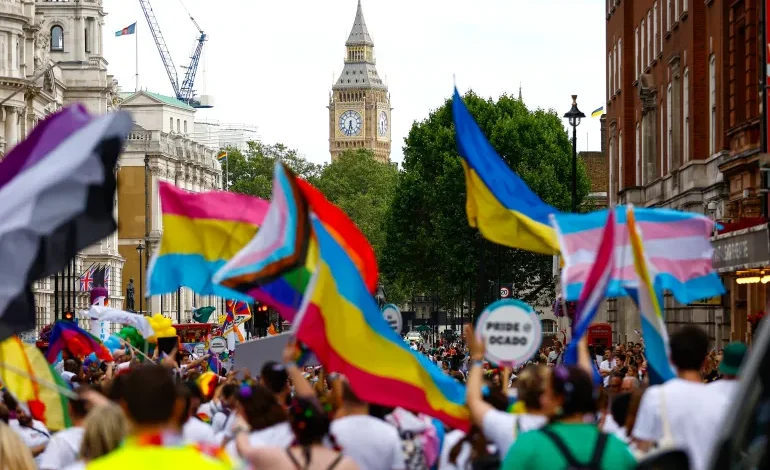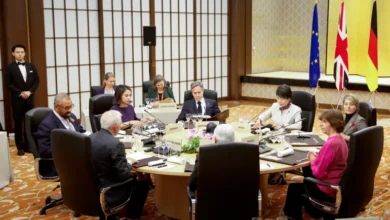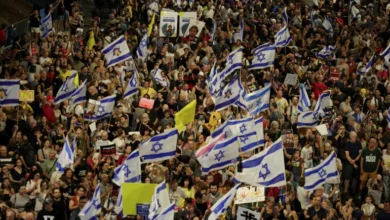Pride before a fall: Why I stopped going to Stonewall’s Pride
Julie Bindel

“I’d rather go ballroom dancing with Donald Trump than go to Pride today.”
When I tweeted this obvious joke (I’m rubbish at ballroom dancing, and I don’t think I’d ever be Trump’s pick of partner) during the holy month of pride, the reactions from the usual suspects were as predicted.
Supposed “feminists” and “leftists” (and remember I am a feminist on the left) called me “regressively conservative and homophobic” and went on to explain how supporting Trump is the worst thing in the world. I agree, of course, with the latter (the joke works because he is horrible!) – but certainly not the former. How is it homophobic to say that in the past decade, Pride has become a corporate cesspit?
Let me try to unpick how we got here.
Pride has not always been the big corporate “party” that it is today.
The United Kingdom’s first Pride march in 1972 was a political protest. There was plenty to shout about. With homosexual acts decriminalised only a few years prior, being anything but unambiguously heterosexual was dangerous. In parks and other public places, gay men were routinely picked up by police officers posing as potential sexual partners and unlawfully locked up for days on end. And although there were no laws targeting lesbians specifically, it was even harder for women to live openly as homosexuals.Forced and coerced marriages were endemic with young women pretty much frogmarched down the aisle. Women who came out later in life after having children with a male partner routinely lost custody of those children as family courts opted to place them with their (at times abusive) fathers rather than allow lesbians to raise them. We had no right to adopt or foster children, and threats of violence were everyday occurrences. So when we marched at Pride, we really did have something to be proud about. We were out, we were courageous, we were sexual outlaws.
My first Pride was in 1980. I was 18. I was sacked from my job and thrown out of my accommodation for being a lesbian. I was angry – and I was resilient. We all had to be. There was so much to fight for. The sense of solidarity between lesbians and gay men was exhilarating, but we women also recognised that we had our own battles to fight, away from our gay brothers. Eventually, we lesbians formed our own annual celebration: Lesbian Strength. In 1983, I was there, age 21, and remember seeing little clusters of gay men lining the route, clapping and cheering us on. We were united in a fight for our shared liberation.
Sadly, the movement soon started to change direction and lose its focus on obtaining equal rights for gays, lesbians and bisexuals (LGB).
In 1989, Margaret Thatcher’s conservative government introduced Section 28, a set of laws that prohibited the “promotion of homosexuality” across areas ruled by local councils, including schools, theatres and libraries. The legislation further stigmatised homosexuality and gave rise to a culture of fear and self-censorship among gay men and lesbians.










